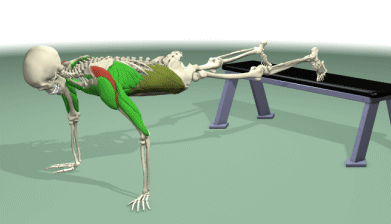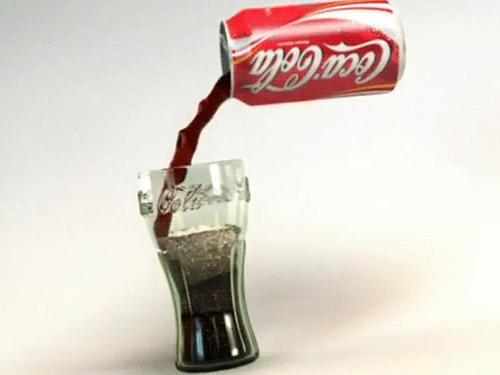




THE FITNESS
DIGEST.

The art Of Steak cooking
Cooking a great steak at home isn't rocket science. It's more like advanced chemistry, with a focus in biology. Master the principles of meat and heat, and you can construct a dinner worthy of serving to a Nobel laureate—or any lucky Friday-night guest.
Pick the Right Cut.
Some of the juiciest, most flavorful steaks are well marbled, coming from a part of the cow that hasn't been toughened up by overexertion.
1. Cuts from hardworking muscles, like those from the cow's shoulder or thigh, contain more connective tissue. Although rich and flavorful, they require more chewing.
2. Weak muscles, like the tenderloin, may be tender, but they also cook up bland due to their lack of fat marbling.
3. Best cut: Rib eye. It has more marbling than tenderloin, but it's a less-worked muscle than shoulder or thigh, says Young. Ask your butcher for two 1-inch-thick steaks from between the fifth and 10th bones.
Cook Your Steak.
One secret to a remarkably tender steak is to cook it at a very low temperature. Doing this activates enzymes that soften the meat (don't worry, it won't turn out raw). To achieve the effect, don't slap your steaks in a pan. Be a mad scientist: Throw them in plastic bags, cook them gently in water, and then sear them quickly to brown.
1. Fill a large pot three-quarters full of water and attach a digital thermometer to its inside edge. Adjust your stove's heat to low or medium low to raise the water temperature to between 118° and 122°F.
2. Do not pre-season the meat. Place each steak inside its own large resealable bag. Squeeze out as much air as possible from each bag, and then seal. Place the bagged steaks in the water and cook them for 30 minutes. Then raise the water temperature to between 136° and 140°F and cook them for another 15 minutes.
3. Remove the bags from the water and transfer the steaks to paper towels to blot excess moisture. (The meat will look grayish pink until it's seared.) brush the steaks with vegetable oil and sear them in a hot skillet for 20 seconds on each side.
Age Your Rib Eye—at Home
The aging process is what separates top-dollar steakhouses from sit-down chains. As beef ages, the longer protein chains within the muscles break down. As aging creates more of these protein fragments, the meat becomes more tender and flavorful. Most high-end chophouses age their beef for at least 30 days, but you can tenderize your beef simply by being lazy. Just leave your steaks in their packaging in the refrigerator for 5 days before cooking, They'll change color but won't go bad.
Physical fitness Disclaimer and Waiver of liability:
Exercises are not without their risks and the exercise programs in this website may result in injuries.Any person who undertakes these exercises does so at their own risk.To reduce the risk of injuries ,you should consult your doctor before beginning these or any other exercise programs.As with any exercise program ,if at any point during your workout you believe conditions to be unsafe or begin to feel faint or dizzy,have physical discomfort or pain, you should stop immediately and consult a physician.
Daily exercise for Working women.
Jumping Jacks. . Effective workouts.
Group exercise and its benefits.
Calf raises-free style . Push ups.
Tummy exercises. Hoola Hooping .
Fitness Motivational tips. Barbell Squauts.
The myths of spot reduction. Leg press.
Standing calf raises. Concentration curls.
Bench (Tricep) dips.. One arm dumbbell rows.
Pec deck Flye. Fr0nt dumbbell raises. Glute ham raise.
Seated leg curl . Close grip bench press .
.

Please keep comments positive and constructive.
Help the WEBSITE by reporting inappropriate comments to thefitnessdigest@gmail.com . Inappropriate comments may be reported and/or removed.